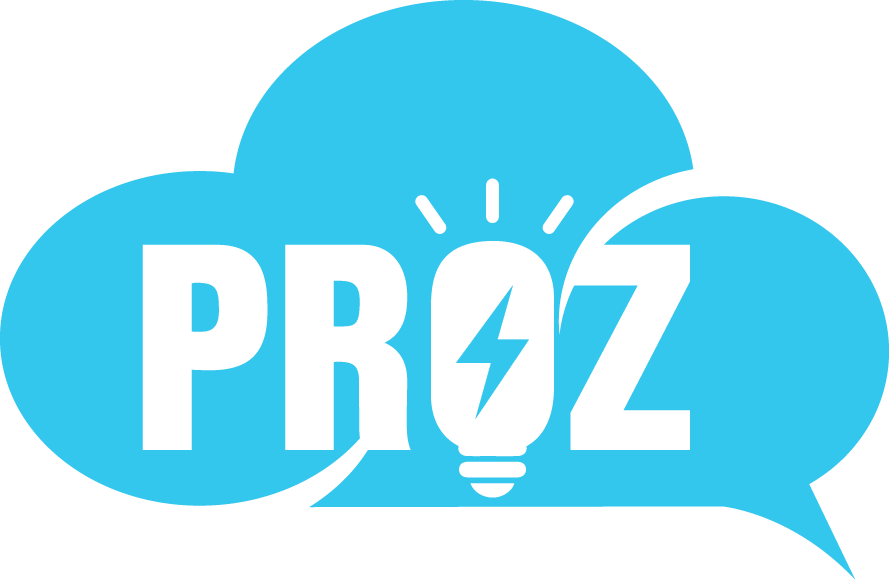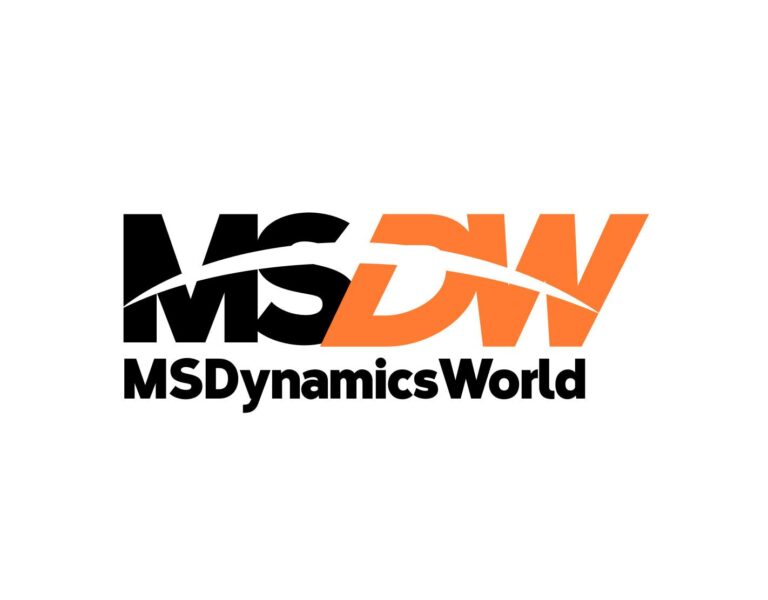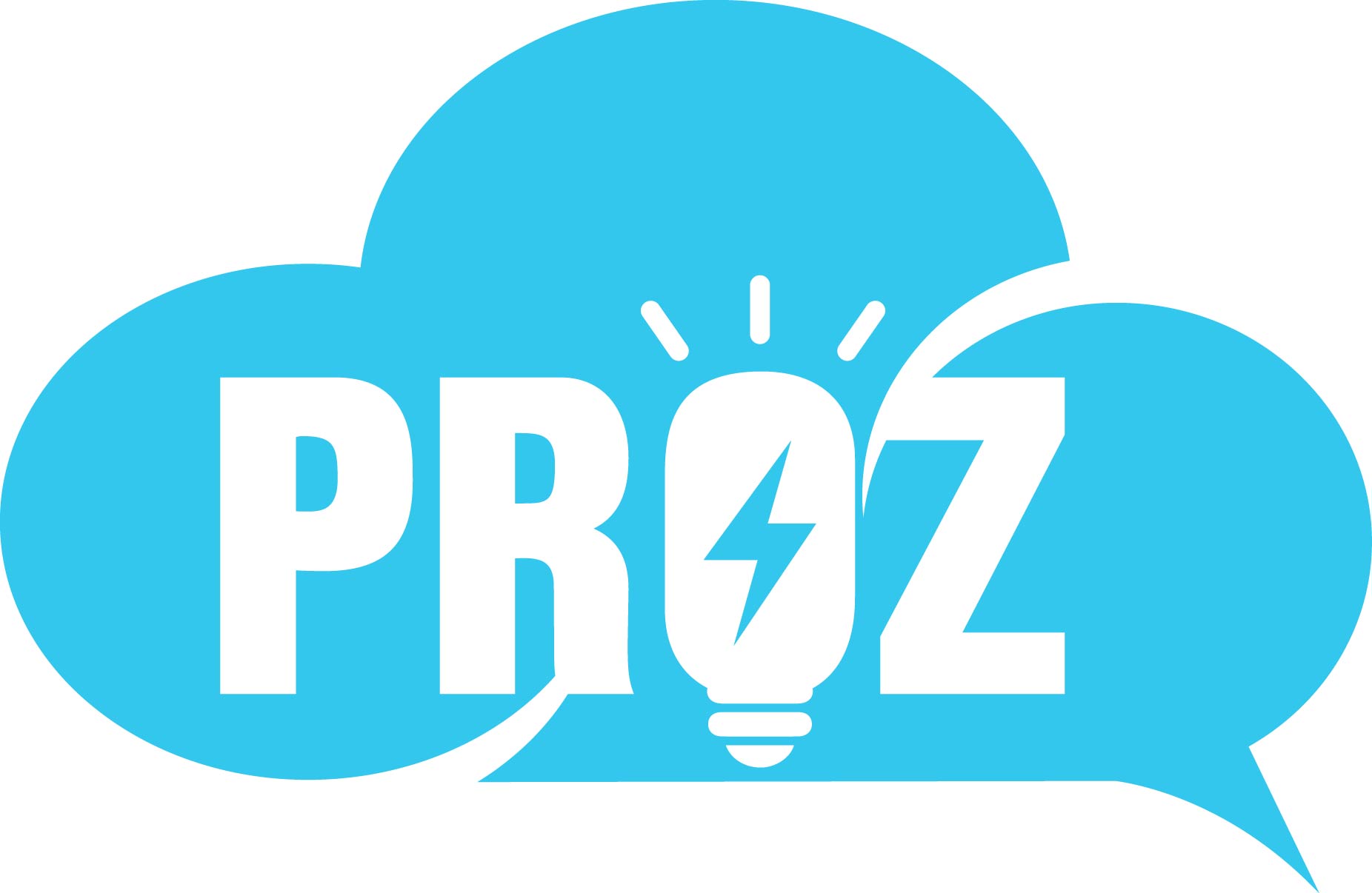In the fast-evolving world of the Internet of Things (IoT), IoT gateways have become vital in connecting disparate devices, managing protocols, and securely transmitting data from edge devices to the cloud. Whether you’re building a smart city network or an industrial automation system, selecting the right gateway architecture is a critical decision.
The two major choices boil down to open-source vs. commercial IoT gateway solutions. Each comes with unique benefits and trade-offs in terms of cost, flexibility, support, security, and scalability. This blog aims to give you an in-depth understanding of both options to help you make an informed decision.
What Are IoT Gateway Solutions?
An IoT gateway acts as a data translator and traffic director between edge devices (sensors, machines, wearables) and a central system like a cloud platform or a local server. These gateways enable:
- Protocol Translation: Support for multiple communication standards (MQTT, Modbus, Zigbee, LoRaWAN, BLE, etc.)
- Edge Processing: Filtering, preprocessing, and analytics at the edge
- Data Security: Encryption, firewall management, and secure transmission
- Device Management: Provisioning, monitoring, and remote updates
Without gateways, most IoT ecosystems would face serious interoperability and security challenges.
Overview of Open-Source IoT Gateway Solutions
Open-source IoT gateway solutions are publicly available software platforms where source code is free to use, customize, and distribute under specific licenses. They provide developers with immense flexibility and are backed by active communities or foundations.
Popular Open-Source Options:
- EdgeX Foundry: A microservices-based edge platform managed by the Linux Foundation.
- Kura (Eclipse IoT): Java/OSGi-based framework tailored for industrial IoT gateways.
- ThingsBoard Gateway: Built on MQTT, ideal for integrating with ThingsBoard IoT platform.
Key Advantages:
- Cost-effective: No licensing fees involved.
- Customizable: Modify every aspect to fit unique needs.
- Community-Driven: Access to community plugins, discussions, and updates.
- Vendor Neutral: You aren’t locked into any specific hardware or cloud provider.
Potential Challenges:
- Requires in-house development expertise.
- Security patching and support must be managed internally.
- Limited or delayed feature updates compared to enterprise platforms.
Overview of Commercial IoT Gateway Solutions
Commercial IoT gateways are developed and sold by hardware/software vendors. These solutions are often part of a broader IoT platform offering and are designed for plug-and-play deployment with strong support channels.
Leading Vendors:
- Cisco IR Series Gateways: Built for rugged industrial environments.
- Advantech IoT Edge Gateways: Support multiple protocols with AI capabilities.
- Siemens IoT2040: Optimized for automation and PLC integration.
- Azure IoT Edge: Microsoft’s scalable gateway integrated with Azure IoT Suite.
Key Advantages:
- Professional Support: SLA-backed support, training, and consultation.
- Security & Compliance: Enterprise-grade features and certifications (e.g., ISO 27001, GDPR).
- Ease of Integration: Seamless compatibility with cloud platforms and industrial systems.
- Stability & Updates: Regular firmware/software updates from the vendor.
Potential Challenges:
- High upfront or subscription costs.
- Limited flexibility for deep customization.
- Risk of vendor lock-in or reliance on proprietary tools.
Key Comparison Factors
Let’s break down the critical areas where open-source and commercial IoT gateway solutions differ:
Cost
- Open-Source: Free to use, no licensing fees. However, total cost of ownership can increase with staffing and maintenance.
- Commercial: Requires investment in licensing/subscription but includes updates, training, and support.
Customizability
- Open-Source: Highly flexible. Developers can tailor everything—from device communication to UI dashboards.
- Commercial: Offers some configuration, but deep customization is restricted or may require professional services.
Scalability
- Open-Source: Depends on how well the system is architected and managed in-house.
- Commercial: Designed to scale easily with built-in features and cloud compatibility.
Security
- Open-Source: Community-driven security; may have gaps or slower updates unless actively maintained.
- Commercial: Includes compliance-ready features (TLS, VPN, firewall, encryption) and regular patches.
Support & Maintenance
- Open-Source: Community forums, GitHub repositories, limited official support.
- Commercial: 24/7 support, service level agreements (SLAs), dedicated account managers.
Integration & Compatibility
- Open-Source: Flexible but may need manual configuration or custom driver development.
- Commercial: Comes with pre-integrated APIs, SDKs, and certified drivers for devices and cloud services.
When to Choose Open-Source
You should consider open-source IoT gateway solutions if:
- You’re building prototypes, research projects, or pilot deployments.
- Your team has strong in-house software development expertise.
- You’re working on niche use cases or require non-standard protocol support.
- You want to avoid vendor lock-in and retain full control over your solution.
- Your organization is cost-sensitive and comfortable with managing infrastructure.
When to Choose Commercial
Go for commercial IoT gateway solutions if:
- Your project is mission-critical (e.g., manufacturing, oil & gas, healthcare).
- You require enterprise security, regulatory compliance, or industry certifications.
- You need to deploy at scale, fast, and with minimal errors.
- You prefer plug-and-play solutions and professional support.
- Your organization lacks internal expertise or bandwidth for ongoing development.
Case Studies & Real-World Examples
1: Open-Source Gateway in Smart Farming
A startup in agritech used EdgeX Foundry on a Raspberry Pi to create an affordable, modular gateway. It integrated soil moisture sensors, LoRaWAN transmitters, and AI-driven irrigation control—all customized in-house. The open-source route helped save over 70% in deployment costs
2: Commercial Gateway in Automotive Manufacturing
An automotive OEM adopted Siemens IoT2040 to connect hundreds of PLCs and sensor modules across production lines. The solution came pre-certified and integrated with the company’s existing OPC UA infrastructure, reducing deployment time by 40% and increasing equipment uptime by 25%.
Final Thoughts
Choosing between open-source and commercial IoT gateway solutions isn’t just about budget—it’s a strategic decision that affects flexibility, security, speed, and long-term maintainability.
|
Feature |
Open-Source |
Commercial |
|
Cost |
Free (excluding services) |
License or subscription-based |
|
Customization |
High |
Low to Moderate |
|
Scalability |
Moderate (depends on setup) |
High (enterprise-ready) |
|
Security |
Community-supported |
Enterprise-grade |
|
Support |
Limited (community-based) |
Full vendor support |
|
Integration |
Manual or limited plugins |
Certified and seamless |
In summary:
- Choose open-source if flexibility, experimentation, and control are your priorities.
- Opt for commercial if you’re looking for reliability, security, and rapid, large-scale deployment.
FAQs
Q1: Can I use an open-source IoT gateway in production environments?
Yes, but only if you have the internal capability to maintain it securely and ensure high availability.
Q2: Do commercial IoT gateways support open-source protocols like MQTT or Modbus?
Most commercial gateways support common open-source protocols, but it’s best to confirm with the vendor.
Q3: Is it possible to migrate from an open-source to a commercial gateway?
Yes, many enterprises prototype with open-source solutions and later transition to commercial ones. Just ensure your architecture supports future migration.
Q4: Are open-source gateways less secure than commercial ones?
Not necessarily, but commercial gateways are more likely to offer certified, regularly audited, and up-to-date security layers.
The post Comparing Open-Source vs. Commercial IoT Gateway Solutions appeared first on Forcetalks.





